|
Highlights
Nature of the charge carriers in LaAlO3-SrTiO3 oxide heterostructures probed using hard X-ray photoelectron spectroscopy.
A letter describing the nature of the charge carriers, observed at the interface of two insulating and diamagnetic oxides, has been published by Sumanta Mukherjee, Banabir Pal, Indranil Sarkar, Ambroise van Roekeghem, Wolfgang Drube, H. Takagi, Jobu Matsuno, Silke Biermann and D. D. Sarma. EPL (Europhys. Lett.) 123, 47003 (2018). Hard X-ray photoelectron spectroscopy was used to comprehend the valance band electronic structure of LaAlO3-SrTiO3 oxide heterostructures.
The article has been selected as editor’s choice in EPL.

Evolution of the Local Structure within chromophoric Mn-O5 Trigonal Bipyramids in YMn1-xInxO3 with Composition,
Soham Mukherjee, Hasitha Ganegoda, Abhinav Kumar, Somnath Pal, Carlo U. Segre, and D. D. Sarma,
Inorg. Chem. 57, 9012 (2018).
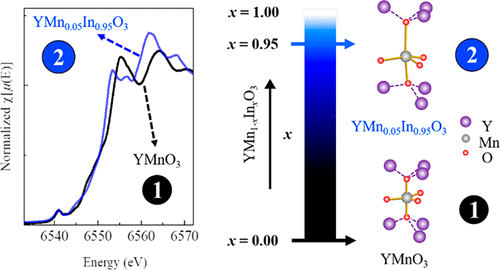 We have investigated the local environment around Mn3+ and In3+ ions in YMn1-xInxO3 chromophores to understand the origin of the intense blue color for small values of x in these solid solutions. While X-ray diffraction results provide an average description of the trigonal bipyramidal (TBP) units about Mn/In atoms with five oxygens surrounding the cation, the X-ray absorption near edge structure (XANES) as well as extended X-ray absorption fine structure (EXAFS) of these materials clearly suggest the presence of two different TBP environments, one of which is similar to MnO5 TBP in YMnO3. EXAFS in conjunction with first-principles calculations show that replacing larger In3+ ions by smaller Mn3+ ones additionally gives rise to another TBP strongly distorted along the axial direction, expanding one of the axial Mn–O bonds by ~11%. The relative fraction of these two environments changes in close agreement with the global stoichiometry with the elongated TBP, therefore, being dominant in the regime of the low Mn content. This local structural difference is responsible for the intense, but relatively narrow, absorption feature in the red-yellow region of the absorption spectrum, and hence YMn1-xInxO3 appears blue for small Mn dopings. This distortion is relatively less abundant in Mn-rich compositions, and therefore, such compositions appear black, controlled by the wide absorption feature of the trigonal bipyramid coordination with Mn–O bond lengths that are essentially the same as those in YMnO3, covering the entire visible range. The chromophore properties are, thus, governed by the ratio of these two MnO5 TBP environments, one with a characteristic optical absorption giving it a blue color and the other absorbing over the entire visible range. We have investigated the local environment around Mn3+ and In3+ ions in YMn1-xInxO3 chromophores to understand the origin of the intense blue color for small values of x in these solid solutions. While X-ray diffraction results provide an average description of the trigonal bipyramidal (TBP) units about Mn/In atoms with five oxygens surrounding the cation, the X-ray absorption near edge structure (XANES) as well as extended X-ray absorption fine structure (EXAFS) of these materials clearly suggest the presence of two different TBP environments, one of which is similar to MnO5 TBP in YMnO3. EXAFS in conjunction with first-principles calculations show that replacing larger In3+ ions by smaller Mn3+ ones additionally gives rise to another TBP strongly distorted along the axial direction, expanding one of the axial Mn–O bonds by ~11%. The relative fraction of these two environments changes in close agreement with the global stoichiometry with the elongated TBP, therefore, being dominant in the regime of the low Mn content. This local structural difference is responsible for the intense, but relatively narrow, absorption feature in the red-yellow region of the absorption spectrum, and hence YMn1-xInxO3 appears blue for small Mn dopings. This distortion is relatively less abundant in Mn-rich compositions, and therefore, such compositions appear black, controlled by the wide absorption feature of the trigonal bipyramid coordination with Mn–O bond lengths that are essentially the same as those in YMnO3, covering the entire visible range. The chromophore properties are, thus, governed by the ratio of these two MnO5 TBP environments, one with a characteristic optical absorption giving it a blue color and the other absorbing over the entire visible range.
Can SHG measurements resolve the controversy whether hybrid halide perovskites are polar or not?
A Viewpoint in ACS Energy Letters by Sharada Govinda, Bhushan P. Kore, Pratibha Mahale, Anshu Pandey and D. D. Sarma discusses what it takes to measure the correct Second Harmonic Generation response in hybrid halide perovskites in view of their unique properties. ACS Energy Lett. 3, 1887 (2018).
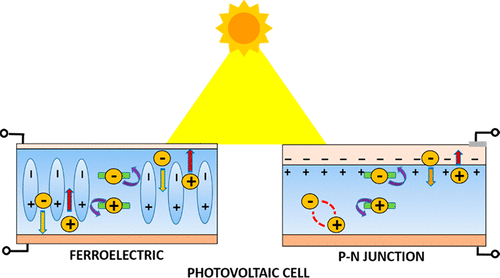
Is the metastable trigonal phase in MoS2 insulating or metallic?
Using spectromicoscopy supported by calculations, Banabir Pal, Anjali Singh, Sharada G., Pratibha Mahale, Abhinav Kumar, S. Thirupathaiah, H. Sezen, M. Amati, Luca Gregoratti, Umesh V. Waghmare, and D. D. Sarma unravel the puzzle concerning the insulating/metallic nature of the metastable phase in chemically exfoliated MoS2 layers. Phys. Rev. B 96, 195426 (2017).
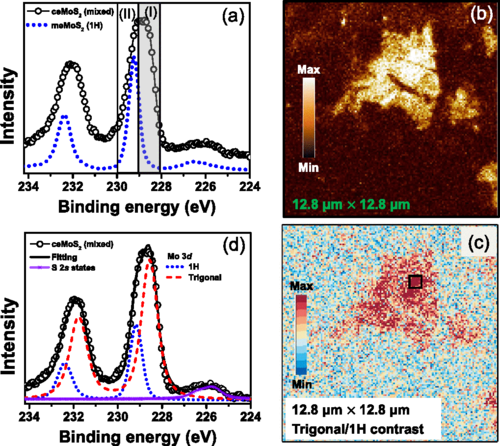
Hexagonal WO3 Nanorods as Ambipolar Electrode Material in Asymmetric WO3//WO3/MnO2 Supercapacitor
Debasish Sarkar, Soham Mukherjee, Somnath Pal, D. D. Sarma, and Ashok Shukla,
J. Electrochem. Soc. 165, A2108 (2018).
Unique efficacy of hexagonal WO3 (h-WO3) nanorods (NRs) both as anode and cathode materials realized via a core-shell design for constructing an asymmetric supercapacitor(ASC) with compelling performances is demonstrated. The WO3/MnO2 core-shell NR cathode designed by combining ultra-thin MnO2 nano-flake shell with h-WO3 NR core shows ameliorated electrochemical performance in terms of areal capacitance and rate capability in relation to pristineMnO2 electrodes. The study also elucidates the high charge storage capacity of h-WO3 NRs anode with contributions arising both from redox pseudocapacitance and intercalation capacitance due to proton intercalation/deintercalationinside the intracrystalline tunnels in h-WO3. Accordingly, the WO3//WO3/MnO2 ASC exhibits stable capacitance within a potential window of 1.8 V in an aqueous electrolyte with a volumetric capacitanceof 7.22 F/cm3 and an energy density of 3.25 mWh/cm3, characterizing it as one of the state-of-the-art ASCs in the present scenario. The use of versatile h-WO3 NRs in designing both the negative and positive electrodes could be critical in realizing next-generation high-performancesupercapacitors.
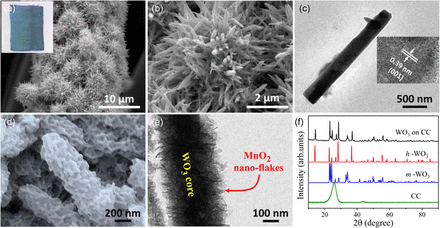
Say no to coffee-ring!
A Letter describing “Suppression of the Coffee-Ring Effect and Evaporation-Driven Disorder to Order Transition in Colloidal Droplets” by Shyamashis Das, Atreya Dey, Govardhan Reddy, and D. D. Sarma is published in The Journal of Physical Chemistry Letters.
J. Phys. Chem. Lett. 8, 4704 (2017). The Letter shows a simple and efficient route of suppressing the coffee-ring effect and formation of high quality colloidal crystal when a droplet of aqueous colloidal suspension, deposited on a glass substrate coated with a thin layer of silicone oil, is evaporated.
The “Spotlights” section of The Journal of Physical Chemistry Letters has highlighted this article. This Spotlight article is Open Access through: http://pubs.acs.org/doi/pdfplus/10.1021/acs.jpclett.7b02546.
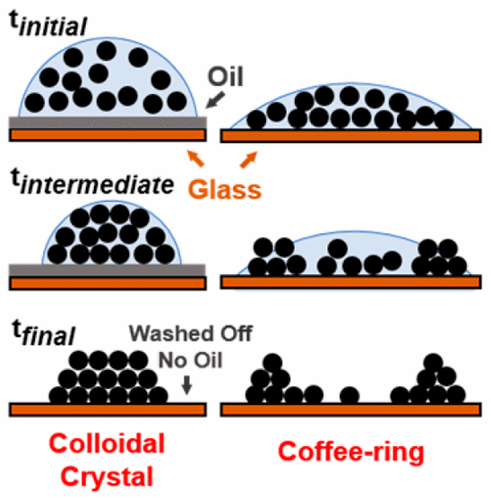
|

